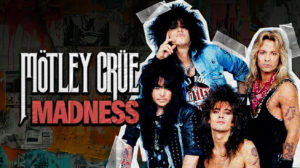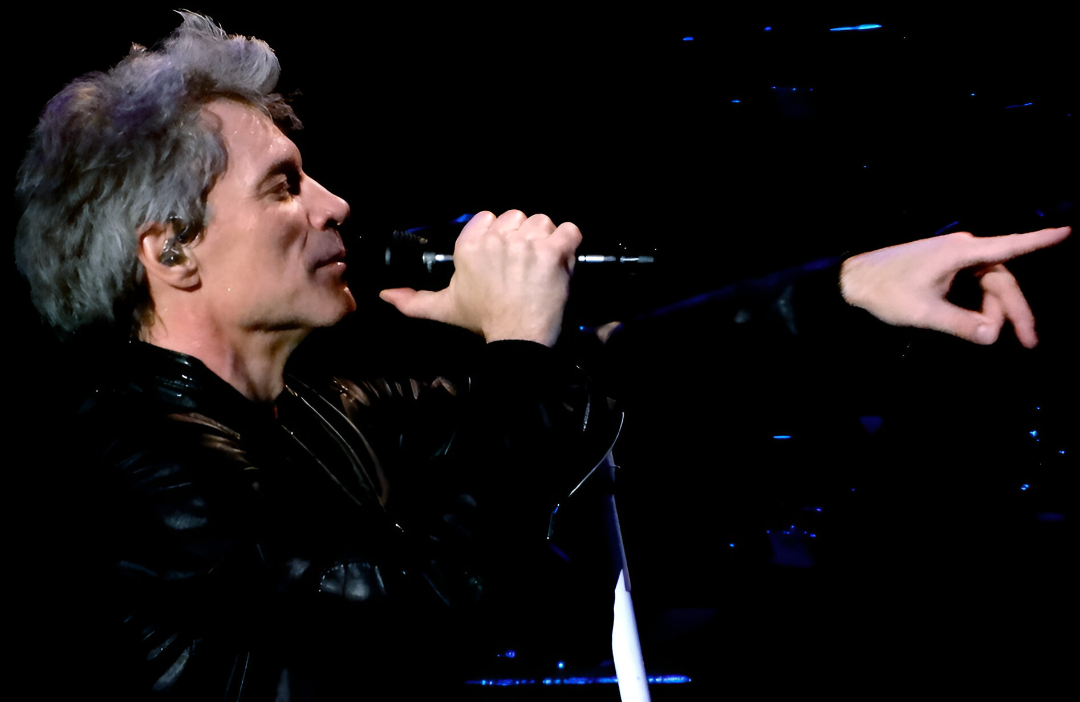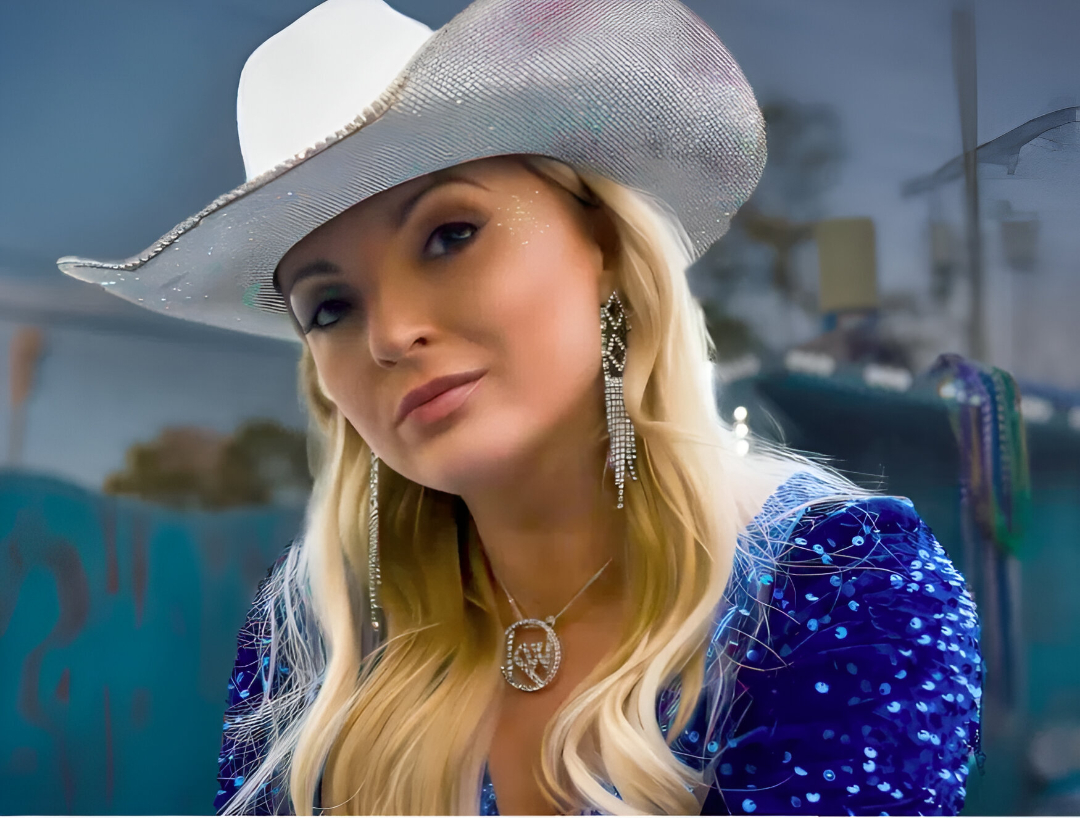
Forget everything you thought you knew about breaking into music. The year 2023 tossed the industry playbook into a digital blender and hit puree. Radio pluggers became obsolete overnight. Major label muscle meant nothing when algorithms decided your fate. These eight tracks didn’t just climb charts—they rewrote the entire game, proving that viral moments now matter more than marketing budgets and fan communities wield more power than boardroom executives.
8. “SAY YES TO HEAVEN” by Lana Del Rey

Picture this: a song recorded in 2013, leaked and circulating among hardcore fans for years, explodes on TikTok and forces an official release that hits global #1. That’s exactly what happened with Lana Del Rey‘s “SAY YES TO HEAVEN,” it reads like a streaming-era fairy tale. Fan communities paired the leaked version with aesthetic montages until the demand became impossible to ignore.
Del Rey’s hand was forced by her audience—a complete inversion of how release strategies traditionally work. The track’s success proves that fan communities now possess unprecedented influence over artists’ catalogs and release schedules. Democracy in action, just with more reverb.
7. “F**UMean” by Gunna
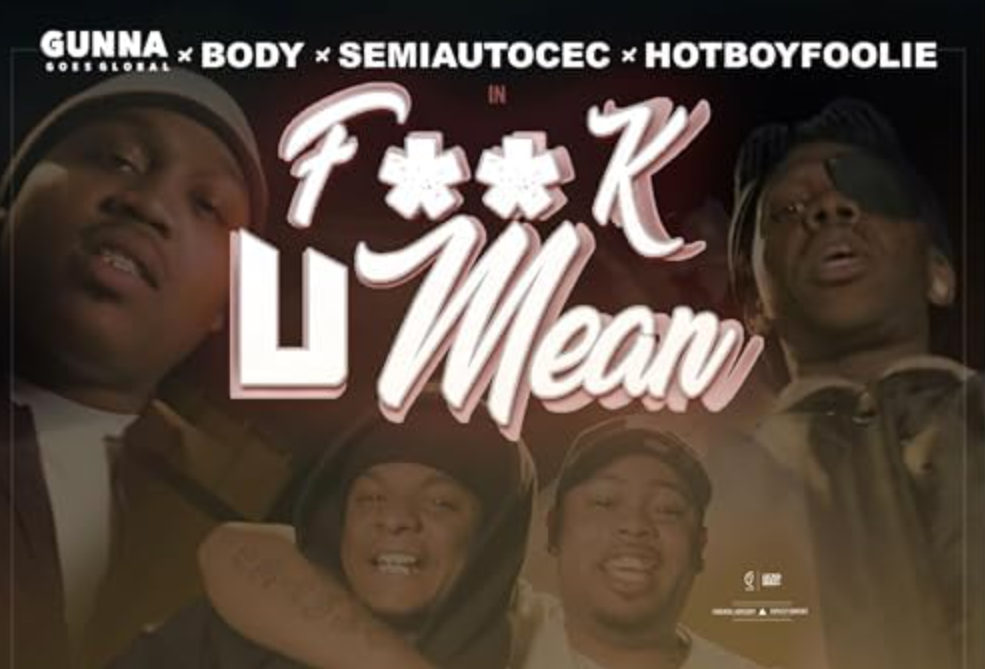
Redemption arcs hit differently in the streaming age. Gunna faced industry ostracism after his plea deal in the YSL RICO case, but “F**UMean” reached Billboard #8 by speaking directly to audiences through digital platforms. The track’s defiant energy resonated with listeners who helped create a parallel narrative that overwhelmed negative press coverage.
Traditional media gatekeepers lost their monopoly on reputation management when streaming platforms enabled direct artist-to-fan communication. Gunna’s comeback wasn’t approved by industry consensus—it was driven by an authentic connection with people who listen to the music.
6. “NASTY” by Tinashe
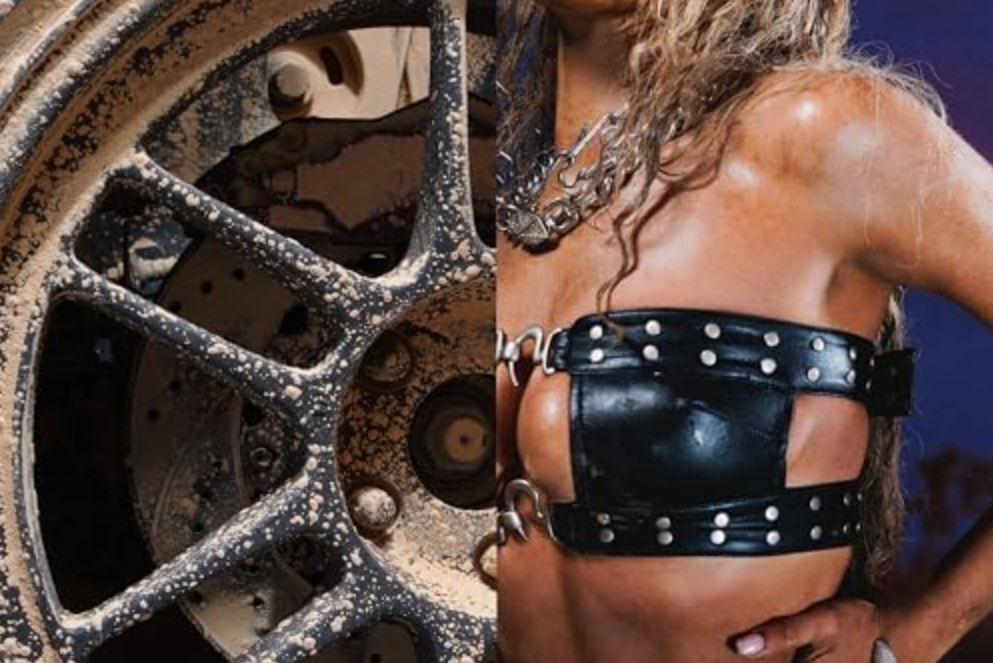
Sometimes the algorithm gods smile down on the right artist at the right moment. Tinashe‘s “NASTY” started as another independent release on her “BB/ANG3L” album, seemingly destined for modest streaming numbers until TikTok’s dance community caught wind. The hypnotic beat and provocative choreography sparked a viral challenge that multiplied into thousands of videos faster than you could say “That’s nasty.”
Independent artists watching Tinashe’s resurrection should take notes. Her journey from RCA castoff to viral sensation proves that catalogs exist in perpetual states of potential virality. Yesterday’s overlooked track can become tomorrow’s breakthrough hit through pure digital alchemy.
5. “PAINT THE TOWN RED” by Doja Cat

Controversy used to kill careers. Now it generates content. Doja Cat transformed potential backlash from her fanbase into streaming gold with “PAINT THE TOWN RED,” which sampled Dionne Warwick and climbed straight to Billboard #1. The devil horns aesthetic became instantly recognizable across platforms while the defiant lyrics sparked confidence-boosting TikTok transformations.
Modern crisis management looks nothing like the old PR playbook. Doja proved that addressing controversy head-on through art generates more engagement than any carefully crafted statement. Attention equals currency in the streaming economy—even negative attention spends the same.
4. “ESCAPISM” by RAYE

Label executives probably still wake up in cold sweats thinking about RAYE’s revenge arc. After Polydor refused to release her debut album in 2021, she went independent and watched “ESCAPISM” climb to UK #1 purely through TikTok’s chaotic genius. The track’s explosive chorus became the soundtrack to dramatic transformation videos, with creators using that beat drop for everything from makeup reveals to emotional breakthroughs.
What makes this story beautiful isn’t just the chart success—it’s the complete middle finger to traditional gatekeeping. RAYE proved that artistic authenticity plus platform savvy beats corporate marketing every time. Revolutionary concept, right?
3. “DIET PEPSI” by Addison Rae

When someone with 88 million TikTok followers decides to make music, the industry holds its breath. Addison Rae’s“DIET PEPSI” didn’t need radio play or music video budgets—she came with a built-in audience that most artists spend decades cultivating. The deliberately nostalgic electropop sound felt engineered for TikTok’s short-form format, creating instant engagement through outfit transitions and dance challenges.
This track represents something bigger than one influencer’s musical ambitions. It showcases how the talent development pipeline completely flipped—audience first, artistic identity second. That’s either terrifying or exciting, depending on whether you’re a traditional A&R executive or a creator who understands the new rules.
2. “WHATEVER SHE WANTS” by Bryson Tiller
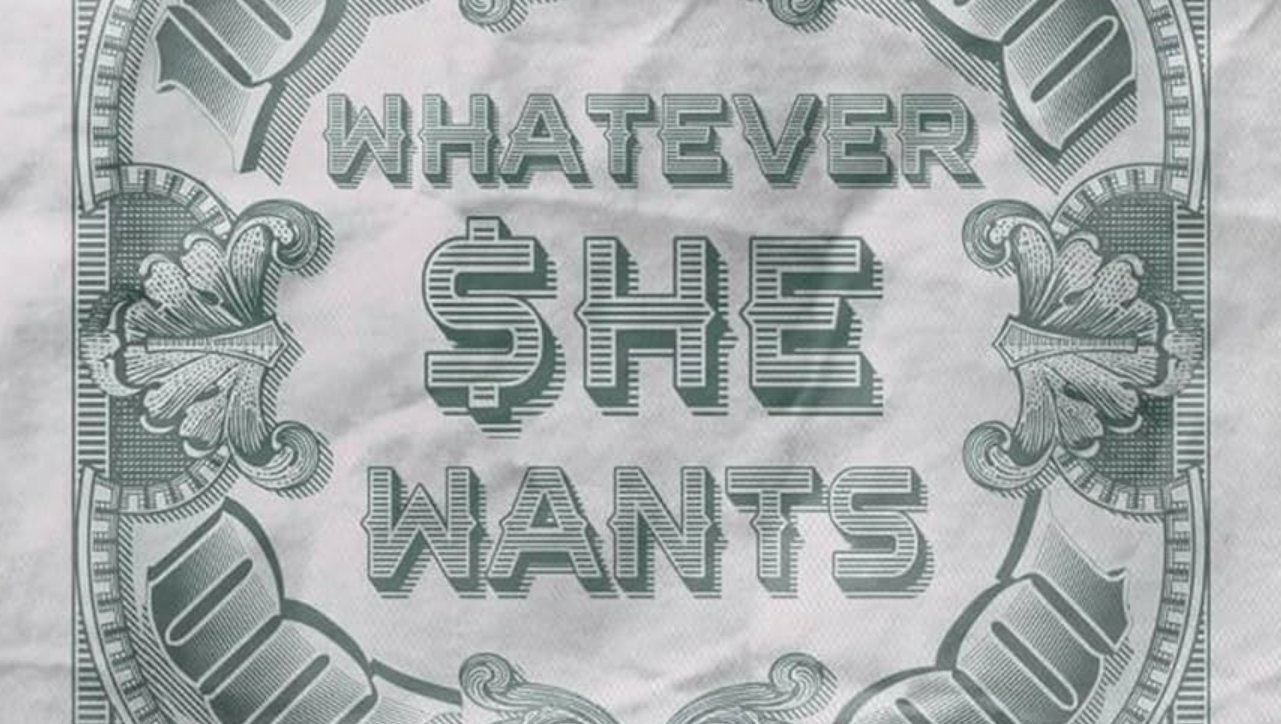
Not every viral hit explodes overnight. Bryson Tiller‘s “WHATEVER SHE WANTS” exemplifies the slow-burn success story that’s become increasingly common in the algorithmic age. Released in April 2023, the track gradually found its audience through relationship content and “day in the life” videos, introducing Tiller to younger listeners months after its initial release.
The song’s extended momentum timeline defies traditional single lifecycles, where radio promotion created time-limited exposure windows. Streaming algorithms support long-tail success that can resurrect tracks from obscurity whenever the right content creators discover them. Timing matters less when every song lives forever in the cloud.
1. “MADE YOU LOOK” by Meghan Trainor

Career revivals in 2023 didn’t require expensive comeback campaigns—just infectious TikTok choreography. Meghan Trainor’s “MADE YOU LOOK” transformed from a modest chart showing to a viral sensation through her simple hand-movement dance routine. The beauty lay in its accessibility; anyone could learn the moves and become a co-creator rather than a passive consumer.
Trainor’s willingness to consistently participate in her trend showed algorithmic savvy that industry veterans still struggle to understand. As platforms like TikTok redefine what constitutes a hit, it’s fascinating to contrast today’s streaming-driven breakthroughs with the best-selling albums of all time, which showcase how the definition of music success has continually shifted across generations.





